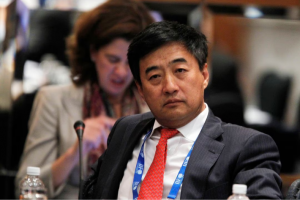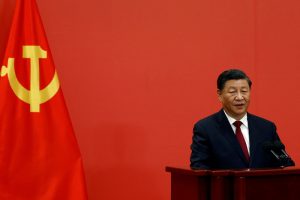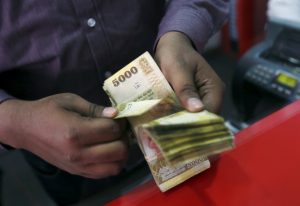China’s “common prosperity” policy to ease inequality could be a positive catalyst for the wealth management sector by expanding the country’s middle class, according to a report.
The wealth management market in the world’s second-largest economy could hit 214 trillion yuan ($34 trillion) in investable assets by high net worth individuals (HNWIs) in 2030, the UBS report said.
The number of HNWIs in China has jumped from 300,000 in 2008 to 2.6 million in 2020, the UBS report said, adding growth was still the primary driver for the rise in overall investable assets.
“We think the government’s commitment to support small- and medium-sized enterprises should create a favourable environment for the further expansion of the HNWIs cohort,” UBS analyst May Yan and her colleagues said in the report.
However, China’s “common prosperity” initiatives could bring more uncertainties to entrepreneurship and the growth of HNWIs’ wealth.
“Common prosperity” is a policy drive by Chinese leader Xi Jinping to narrow the gap between rich and poor.
The drive has sparked concerns as Beijing tightened regulations targeting sectors that have accumulated sizeable wealth, such as China’s once-booming technology industry.
COMMON PROSPERITY INSIGHTS: Explainer: How ‘Common Prosperity’ is Changing China
‘Innovation Could Be Dampened’
Beijing has been encouraging companies to share wealth to ease inequality but “entrepreneurship and innovation could be dampened if the call for voluntary donations is implemented in a way that … becomes an ‘implicit cost’ for businesses,” the report said.
“Concerns about heightened policy uncertainties amid the government’s aim to ‘reasonably regulate and adjust excessively high income’ could bolster HNWIs’ demand for geographic diversification and offshore asset allocation,” Yan wrote.
UBS believes Chinese investors will continue a shift in asset mix from fixed-income products to more sophisticated and equity products.
From 2018 to 2021, there was a gradual shift in the total financial assets of Chinese households from fixed-income products such as deposits, wealth management products, trusts towards mutual funds.
“In addition, we believe cooling property investment sentiments and expected property tax legislation could spur a gradual reallocation from investment properties to financial assets,” the report said.
Chinese households’ financial assets as a percentage of nominal gross domestic product is expected to rise from 161% in 2019 to 225% in 2030 in the most optimistic scenario, the report noted.
The positive factors of the common prosperity drive included easing households’ living costs, limiting monopolistic practices from forcing out small businesses, and encouraging the healthy development of capital markets, the report said.
- George Russell
READ MORE:
What Is China’s ‘Common Prosperity’ Drive and Why Does It Matter?
‘Common Prosperity’ Sees China Stock Investors Going Green
AF TV – Explained: What is China’s Common Prosperity drive?
























